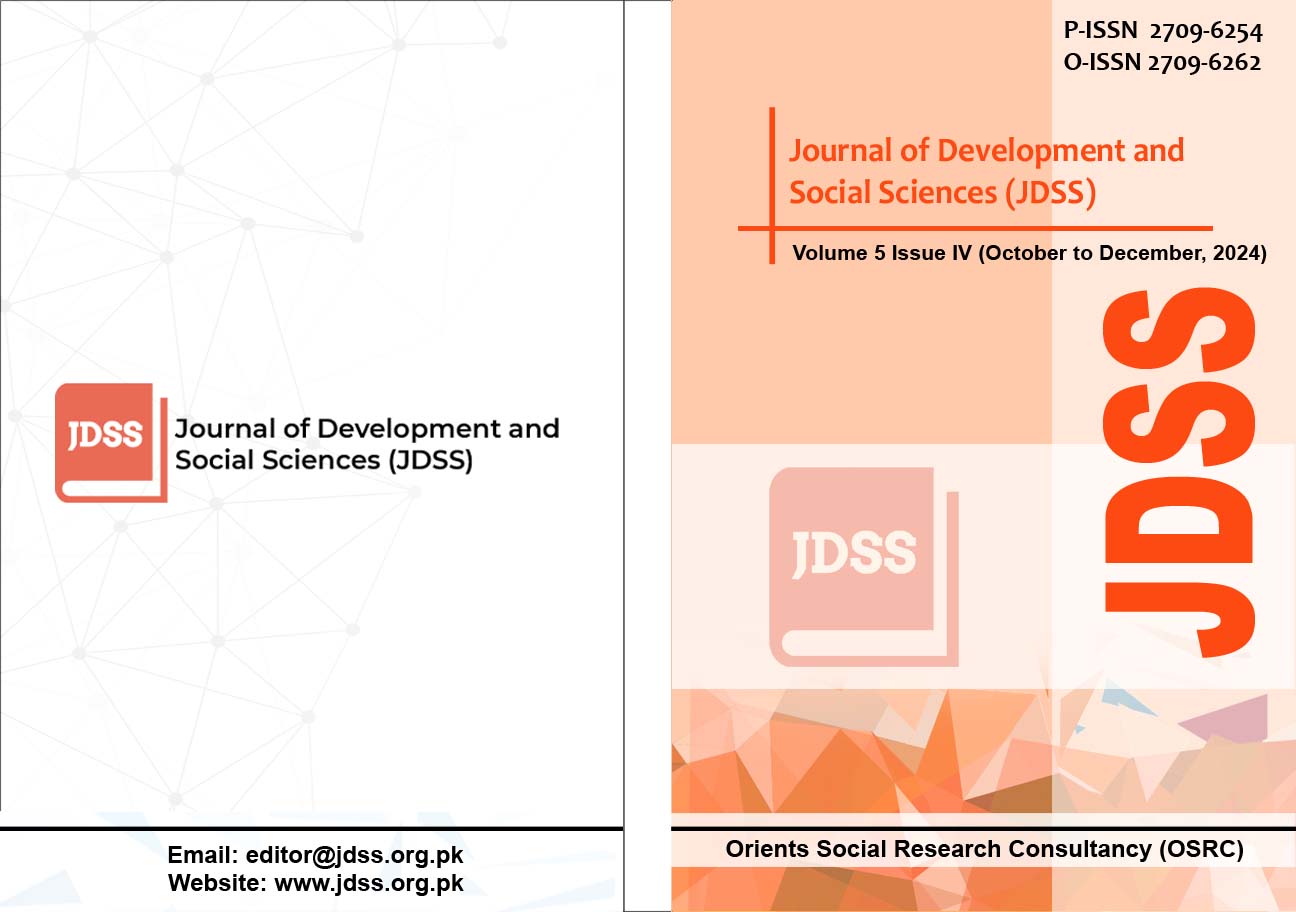The Role of Social Media in Political Awareness and Engagement among University Students: A Quantitative Study
DOI:
https://doi.org/10.47205/jdss.2024(5-IV)61Keywords:
Political Awareness, Social Media Politics, Youth Political Engagement, Digital Activism, PakistanAbstract
This study was designed to explore the role of social media in influencing political awareness and engagement among university students and was delimited to public and private sector universities of Sialkot. Recognizing the fact that social media have become an important medium of political information in the digital age, allowing young people to actively participate in online political activities. The study is descriptive in nature and quantitative in approach. A standard Likert-scale questionnaire was used to sample 384 students in public and private universities. Majority of respondents indicated increased awareness, but fewer translated this to offline political engagement. Exposure to alternative opinions was also restricted due to misinformation, partisan narratives, and echo chambers. The paper indicates that although online networks may contribute to increased awareness, it does not secure effective participation in civic activities. It recommends digital literacy, collaborative action of universities, platforms, and policymakers to bridge the digitalized gap between internet activity and political activity in real life.
Downloads
Published
Details
-
Abstract Views: 3120
PDF Downloads: 4752
How to Cite
Issue
Section
License
Copyright (c) 2024 Journal of Development and Social Sciences

This work is licensed under a Creative Commons Attribution-NonCommercial 4.0 International License.

ORIENTS SOCIAL RESEARCH CONSULTANCY (OSRC) & Journal of Development and Social Sciences (JDSS) adheres to Creative Commons Attribution-Non Commercial 4.0 International License. The authors submitting and publishing in JDSS agree to the copyright policy under creative common license 4.0 (Attribution-Non Commercial 4.0 International license). Under this license, the authors published in JDSS retain the copyright including publishing rights of their scholarly work and agree to let others remix, tweak, and build upon their work non-commercially. All other authors using the content of JDSS are required to cite author(s) and publisher in their work. Therefore, ORIENTS SOCIAL RESEARCH CONSULTANCY (OSRC) & Journal of Development and Social Sciences (JDSS) follow an Open Access Policy for copyright and licensing.







